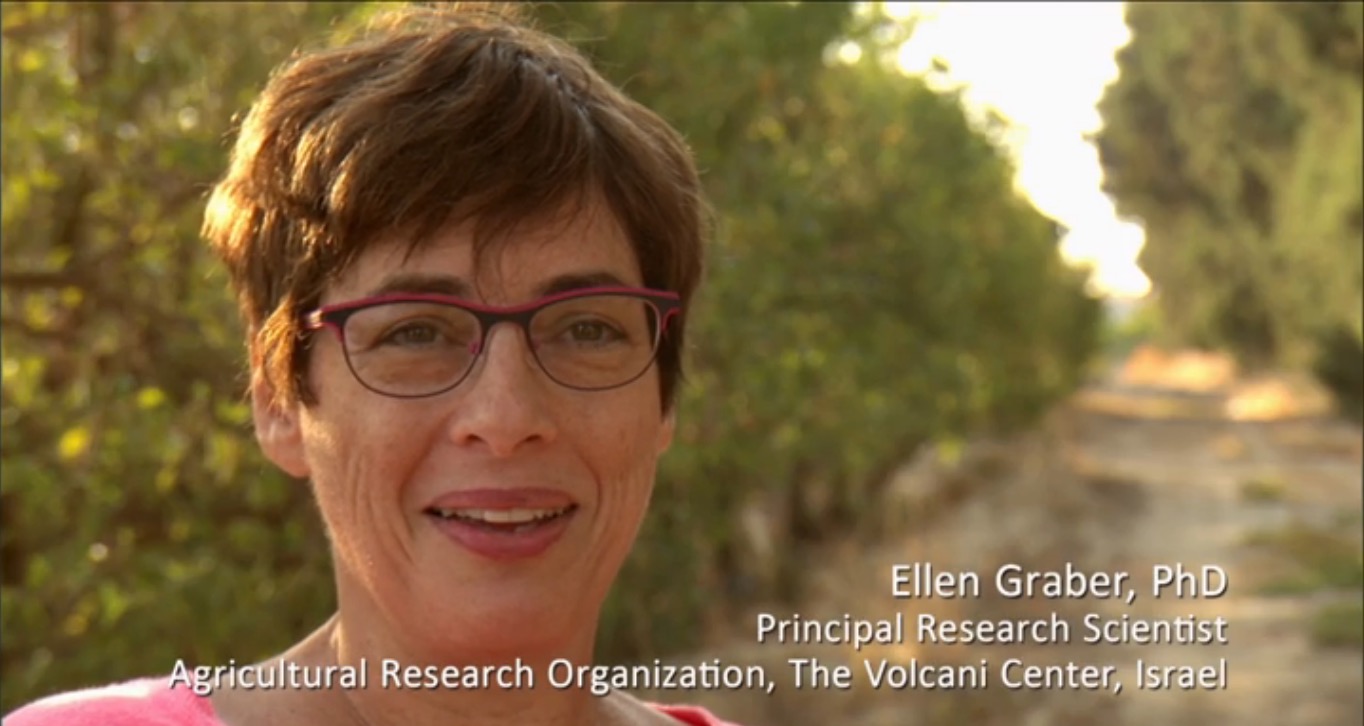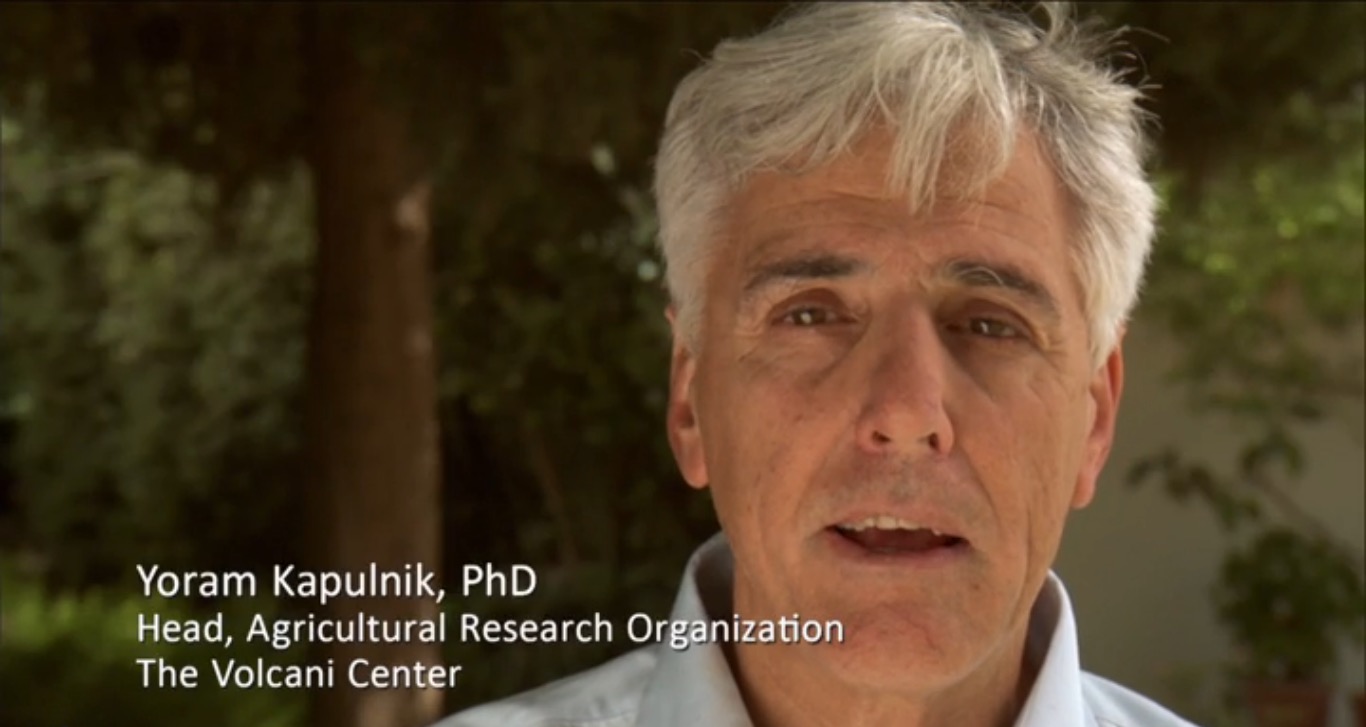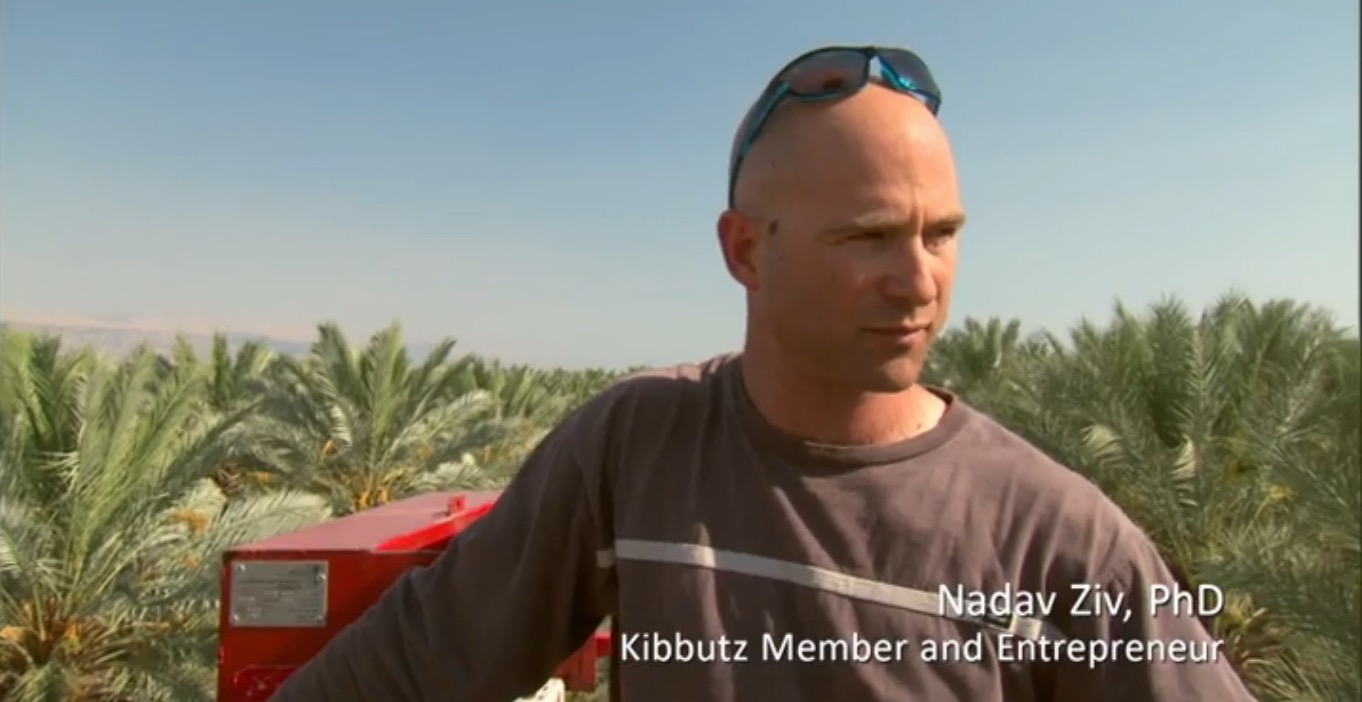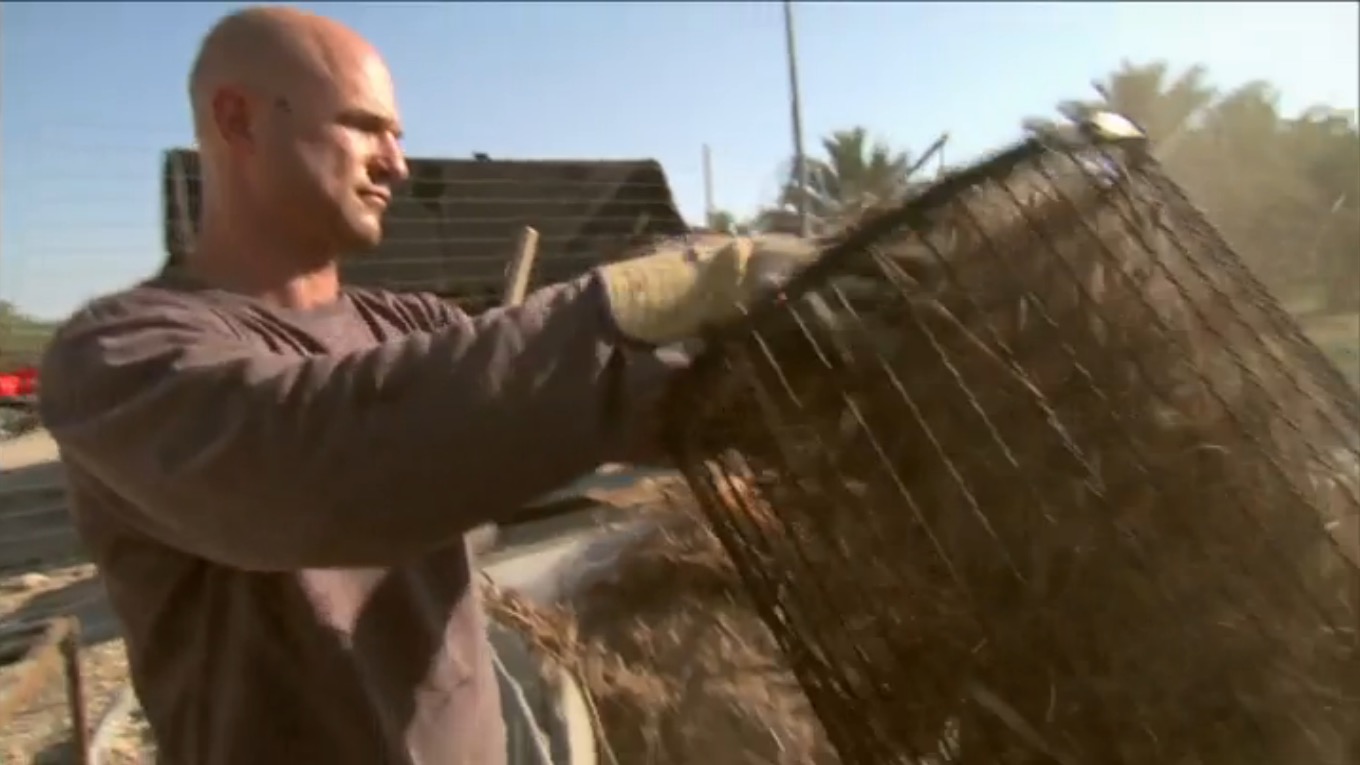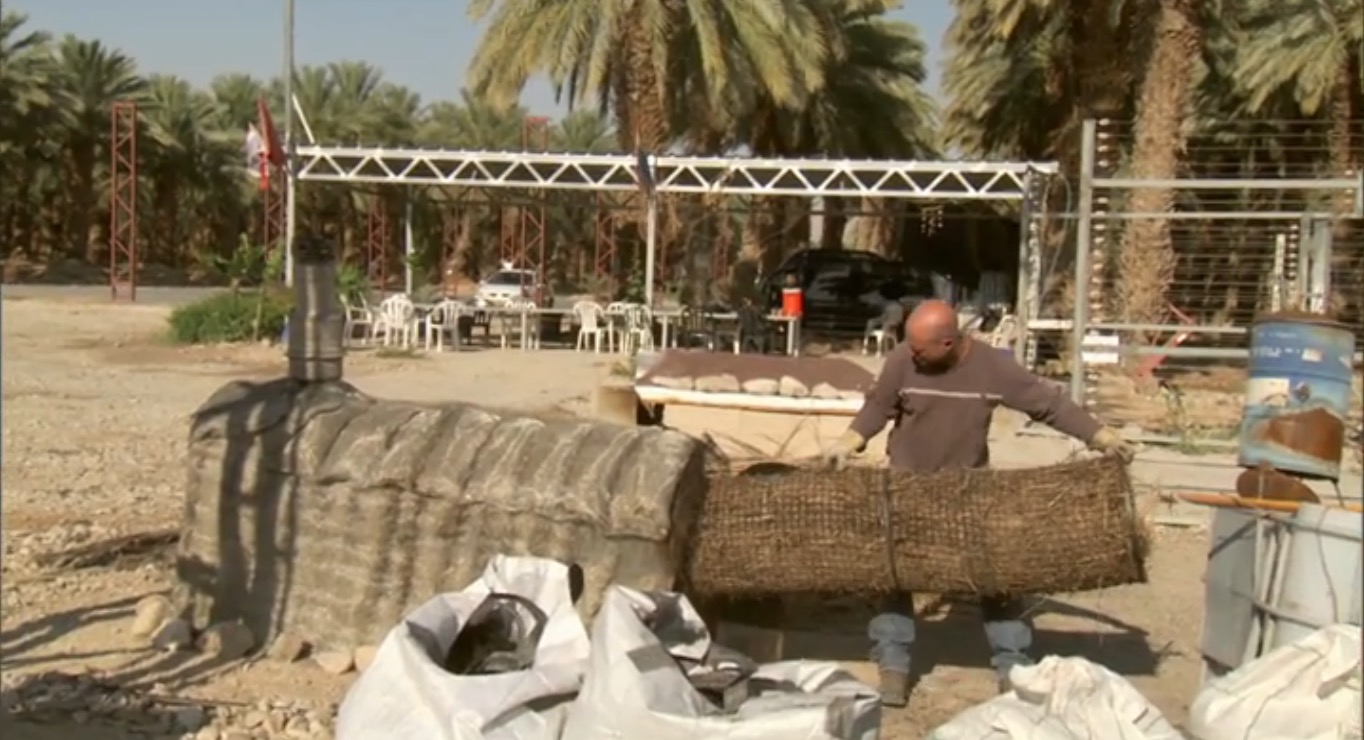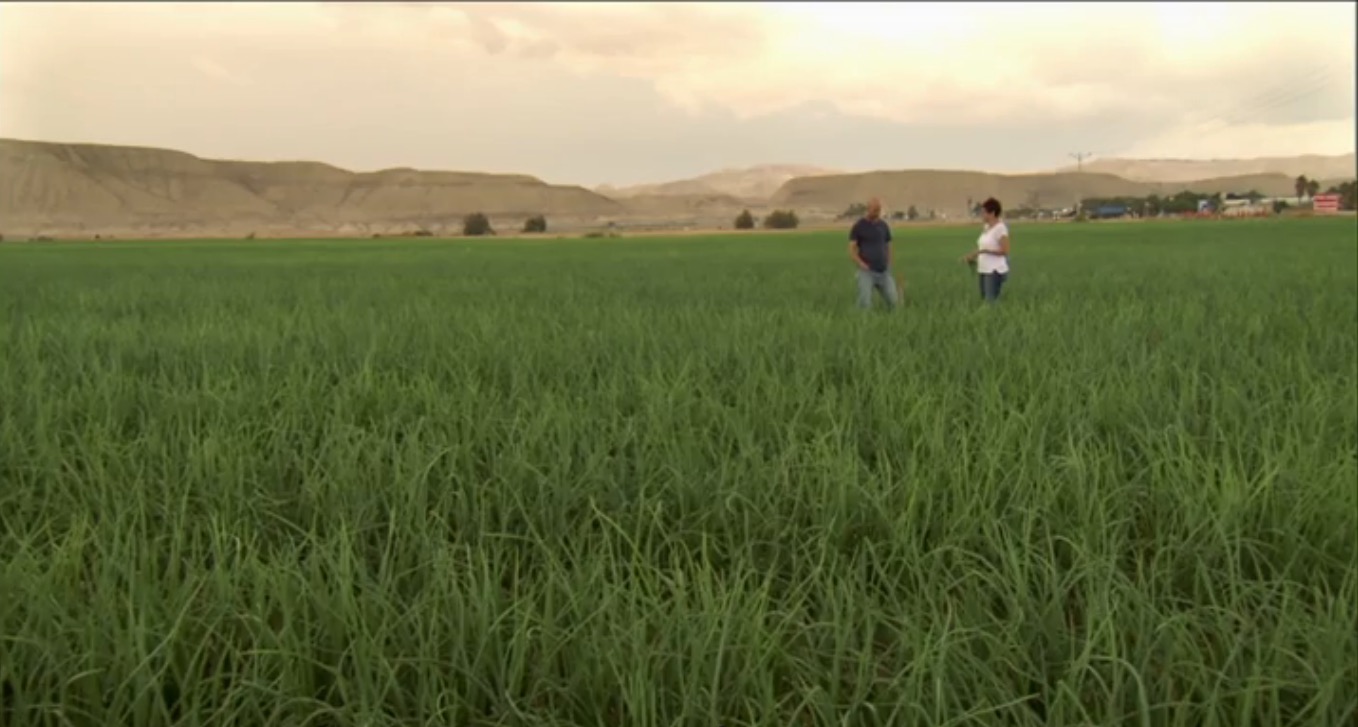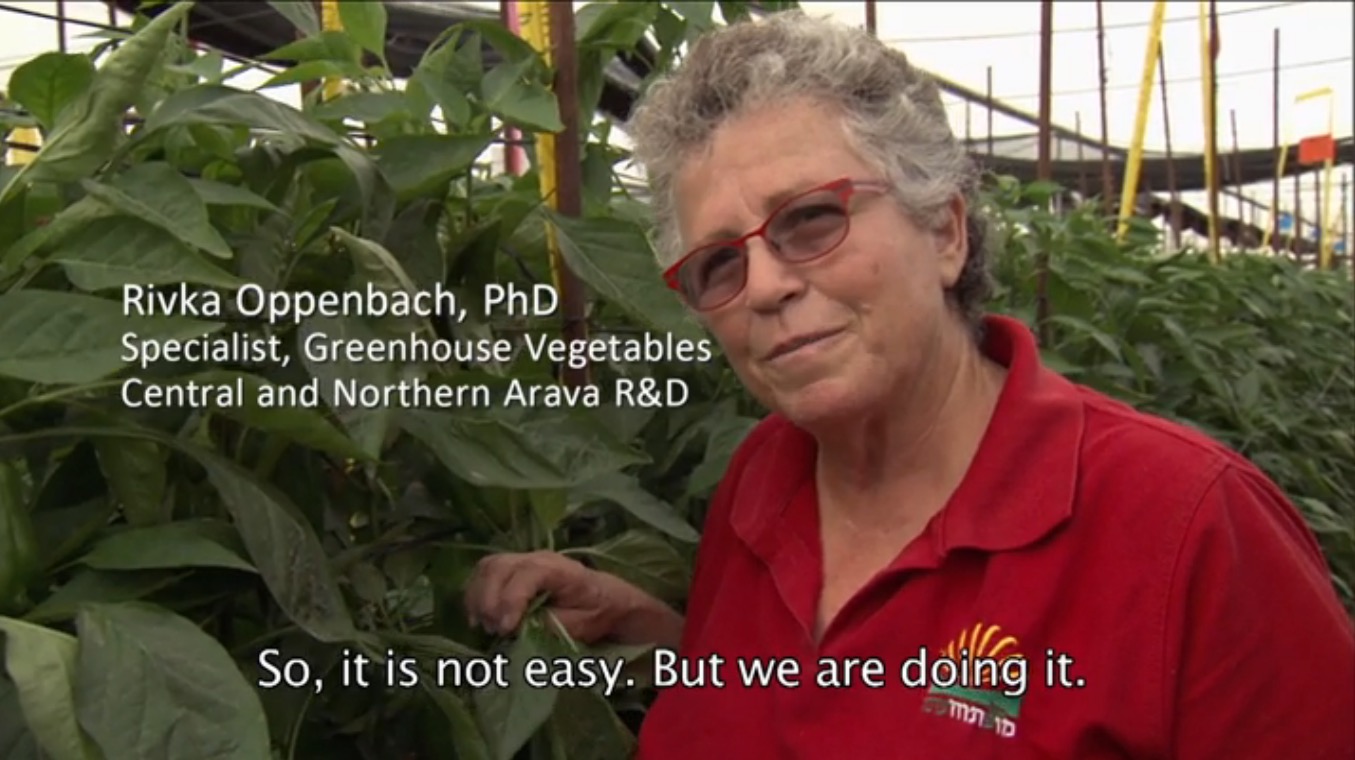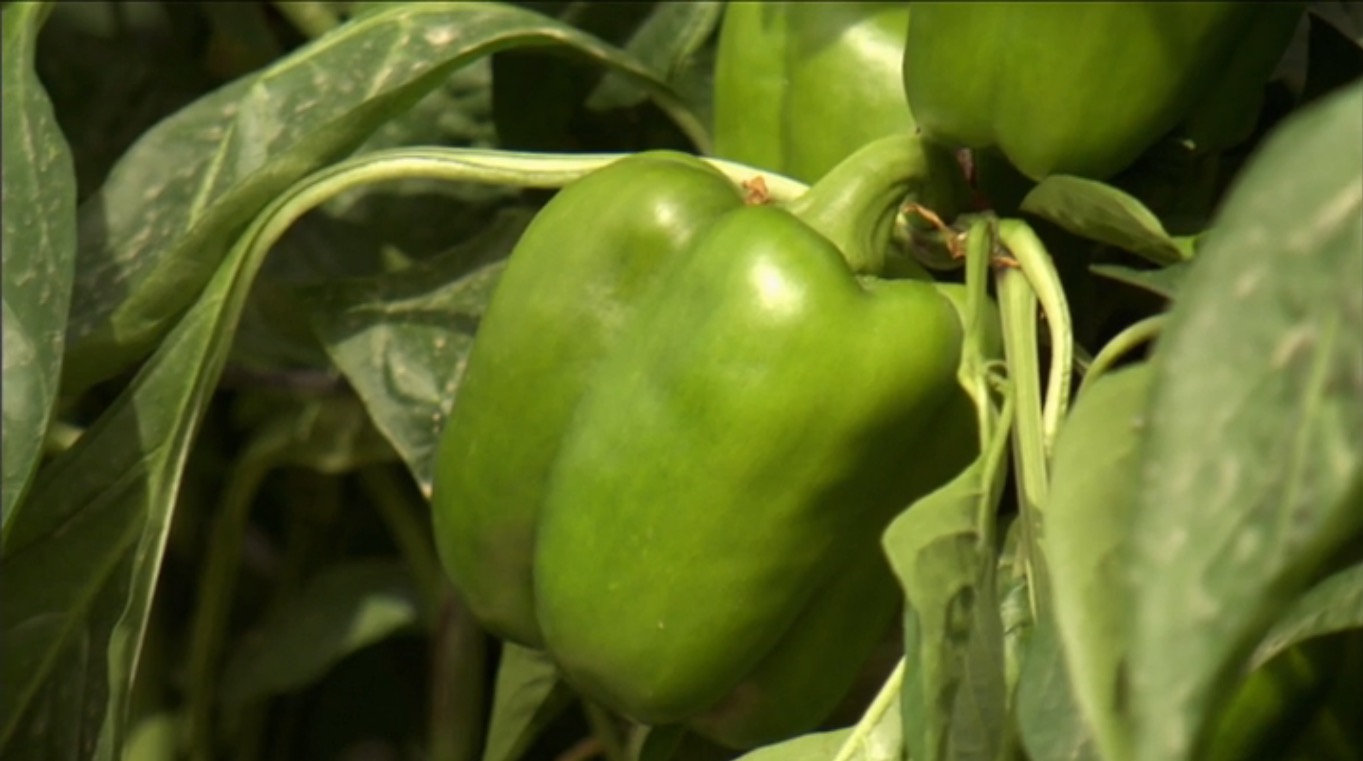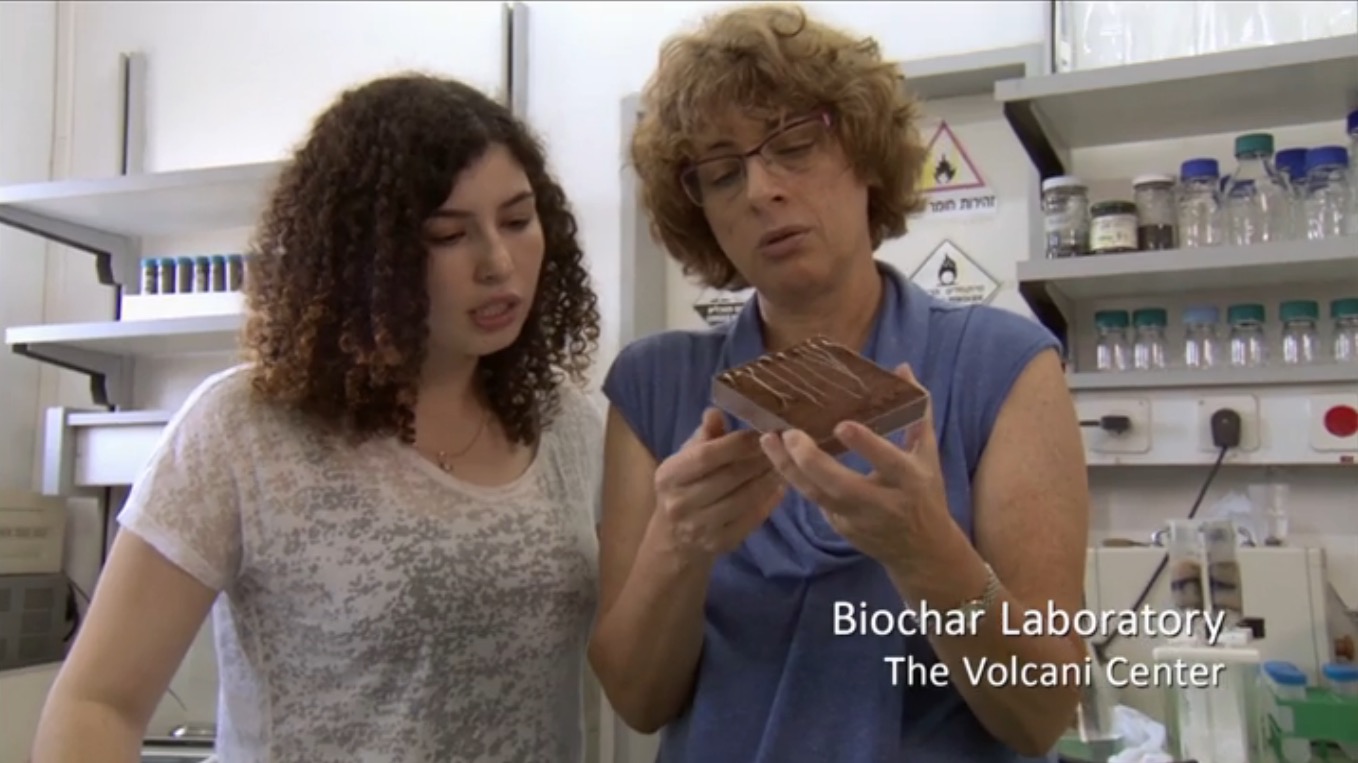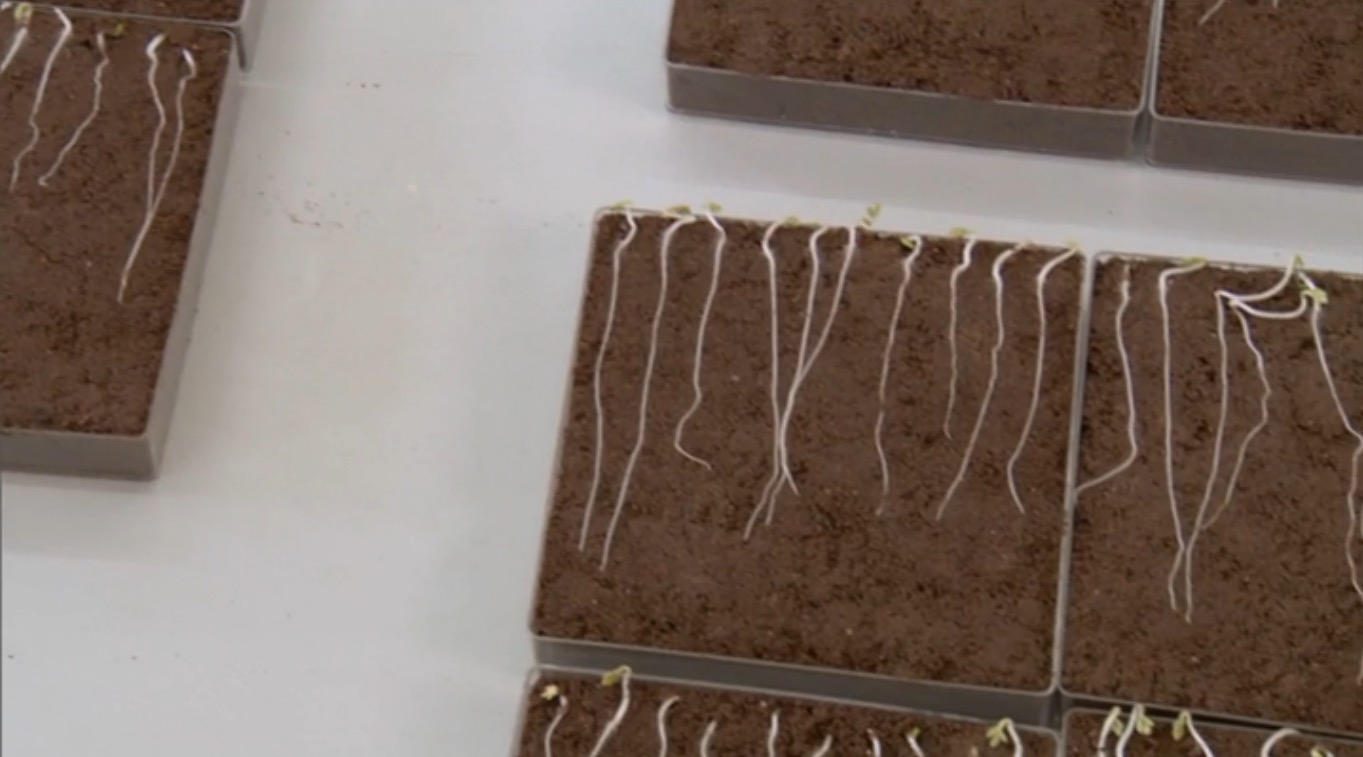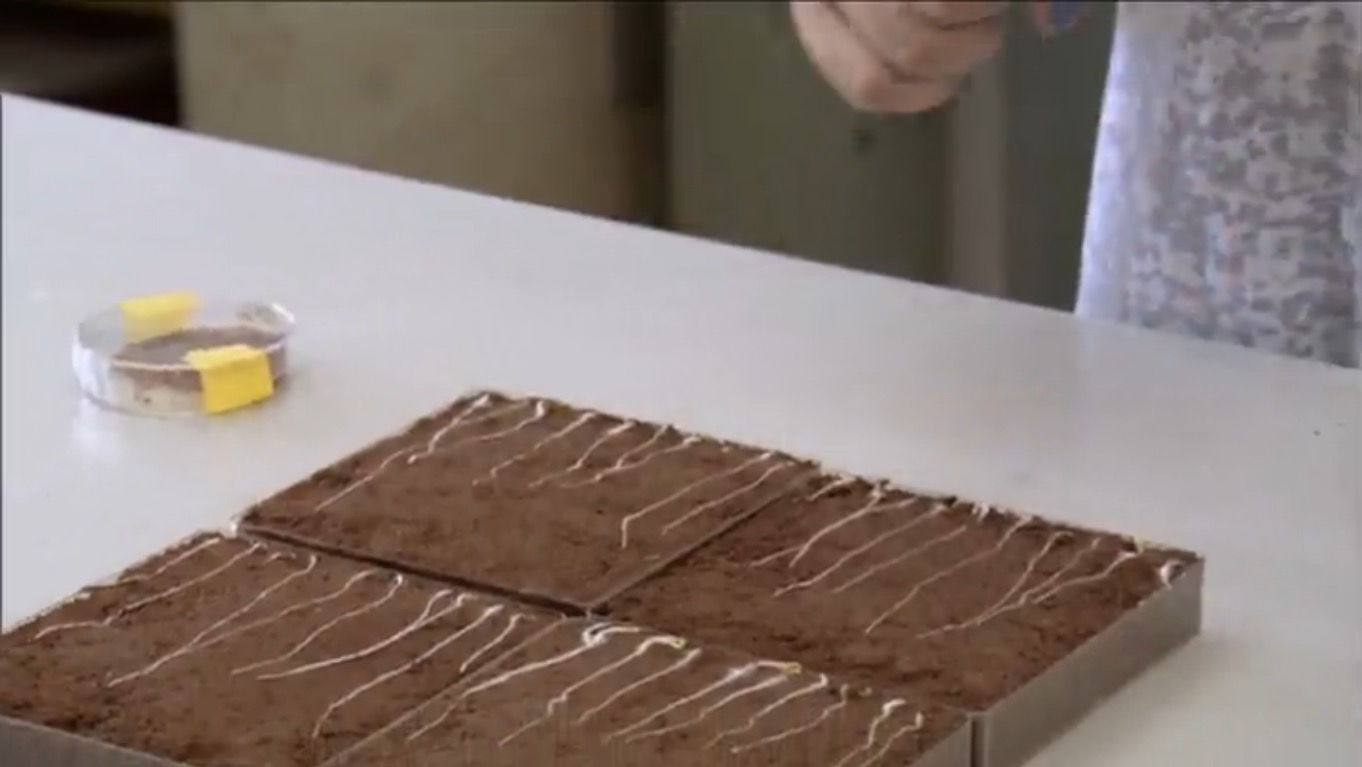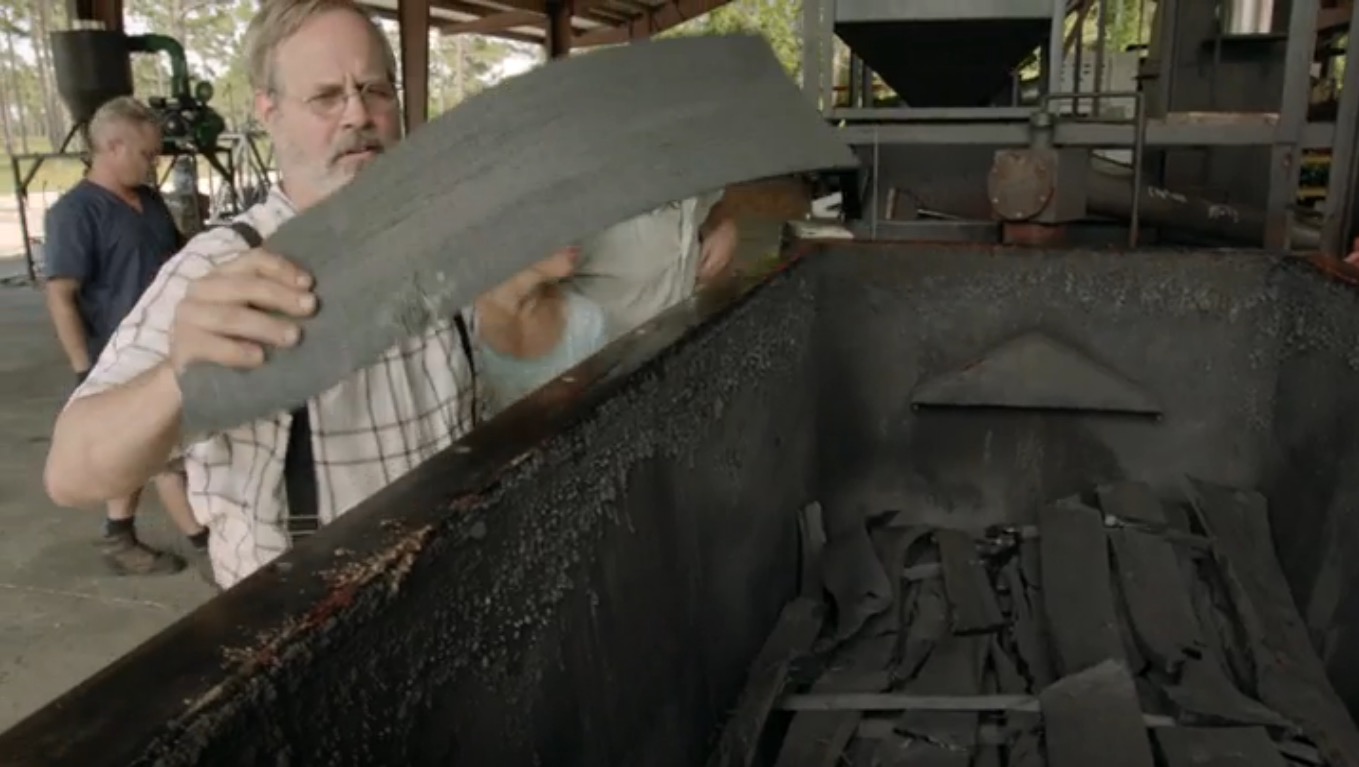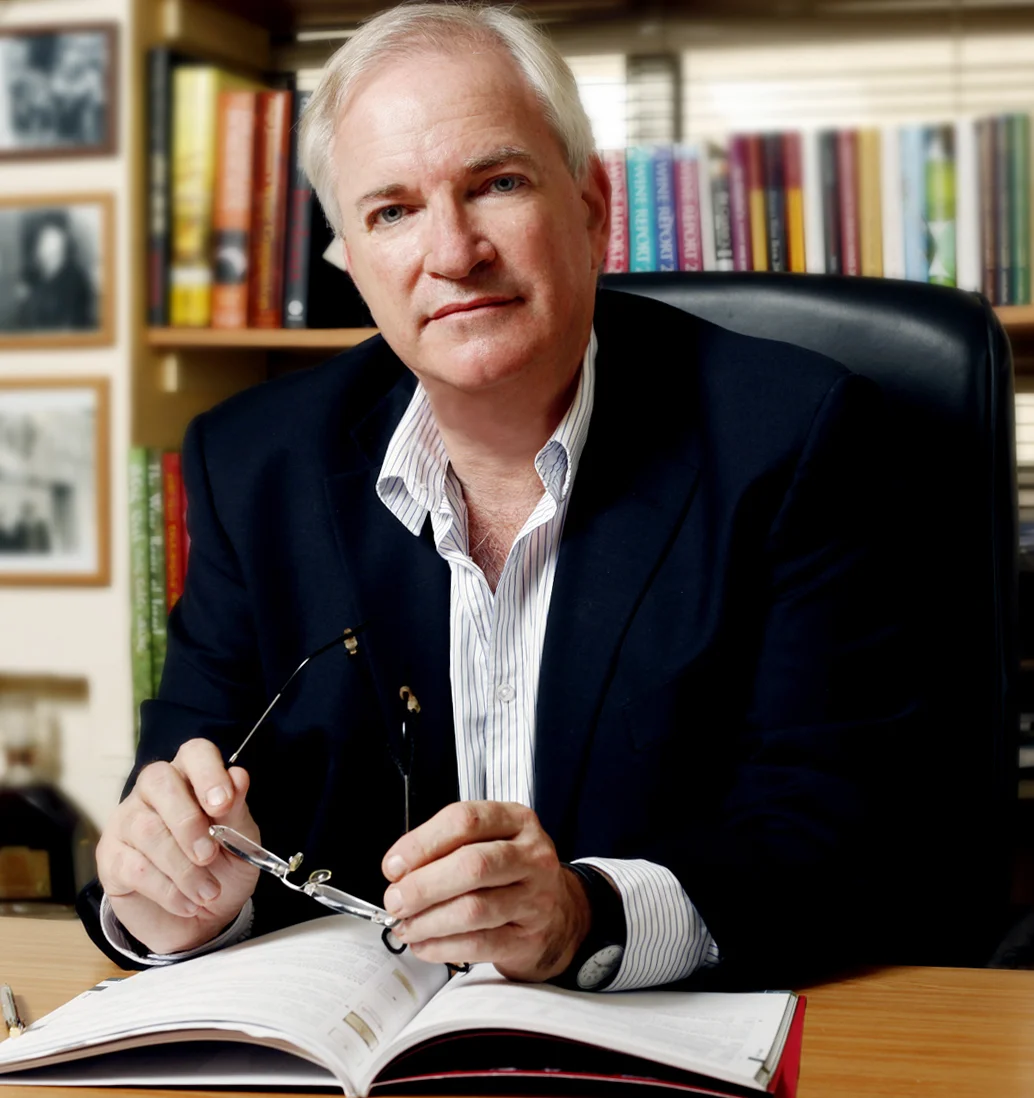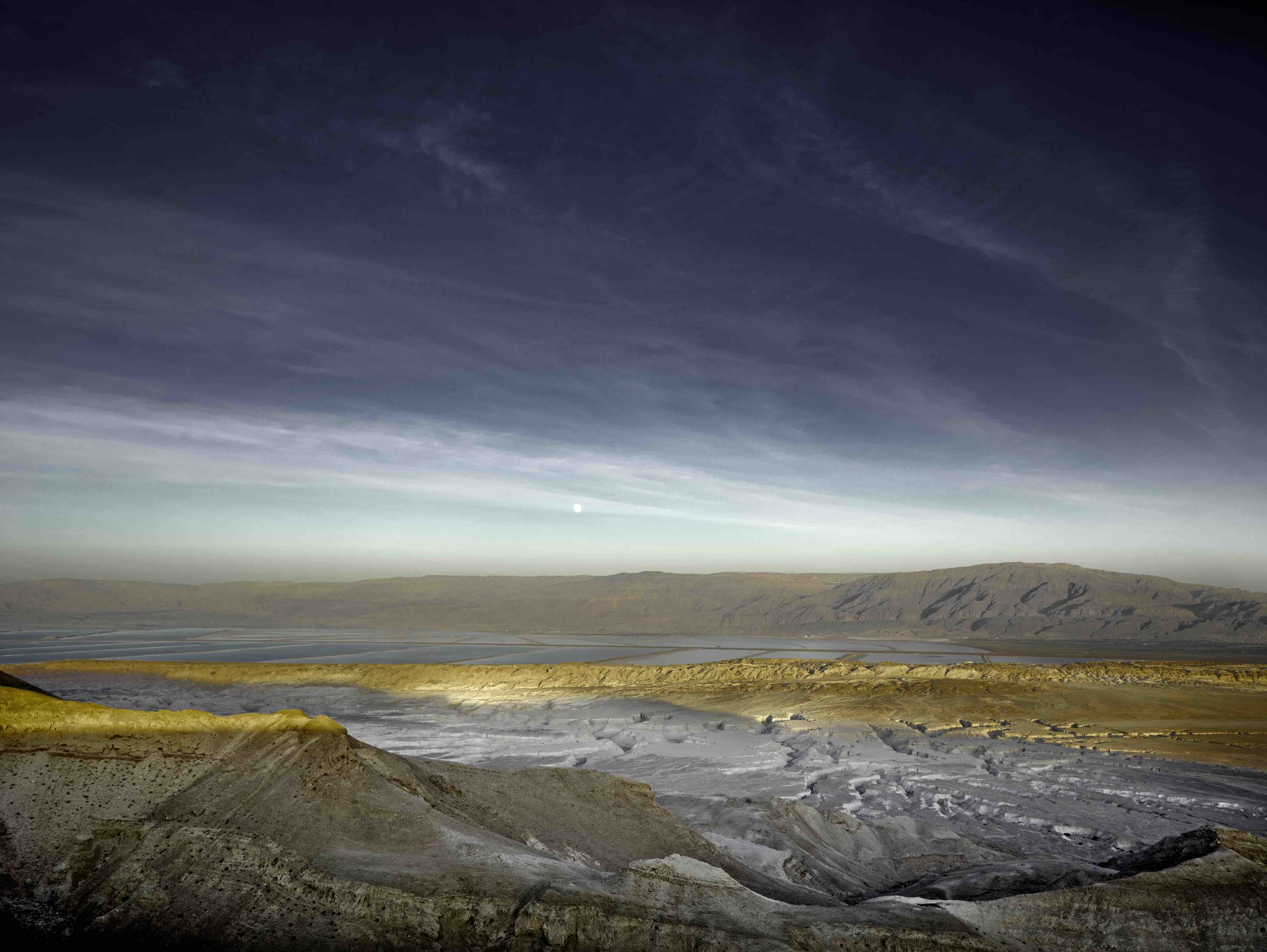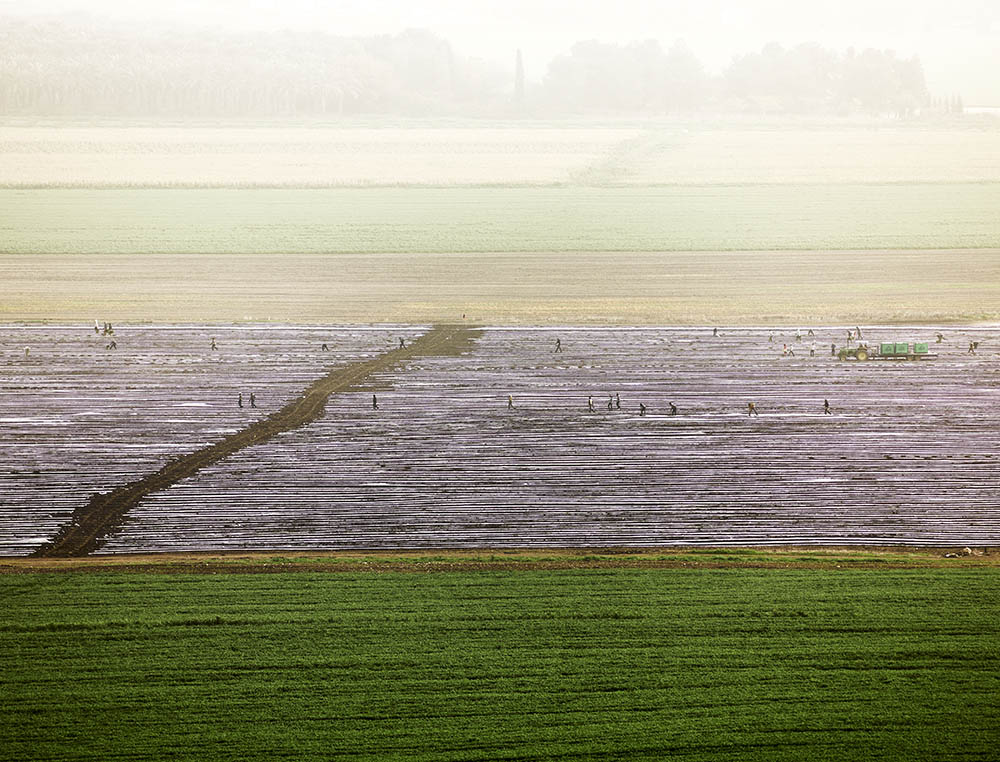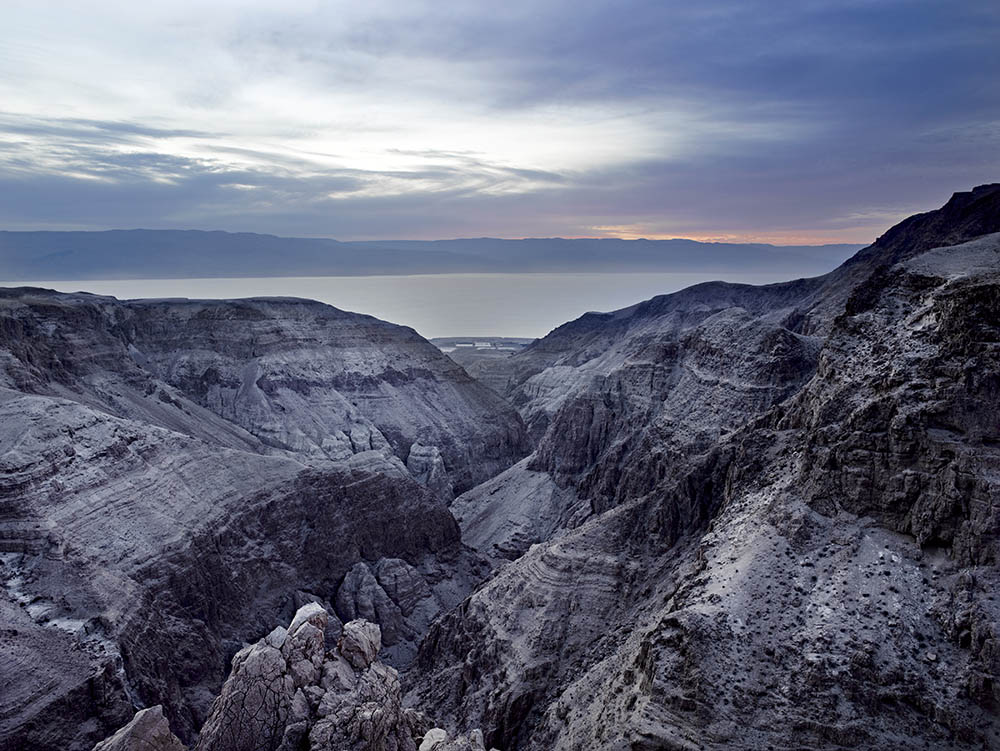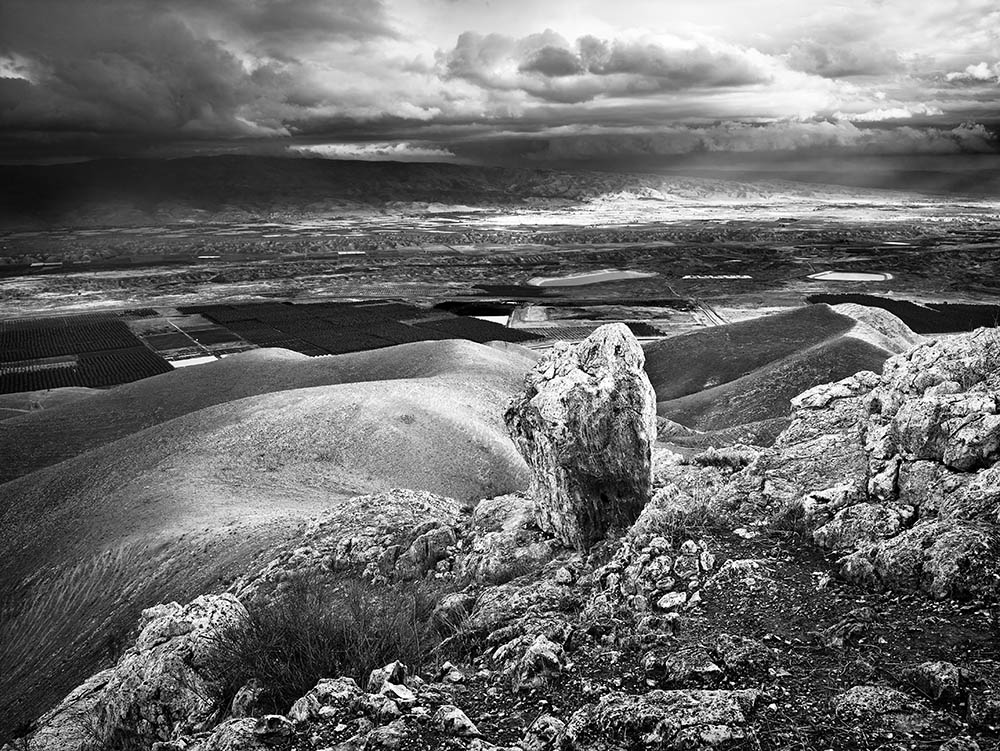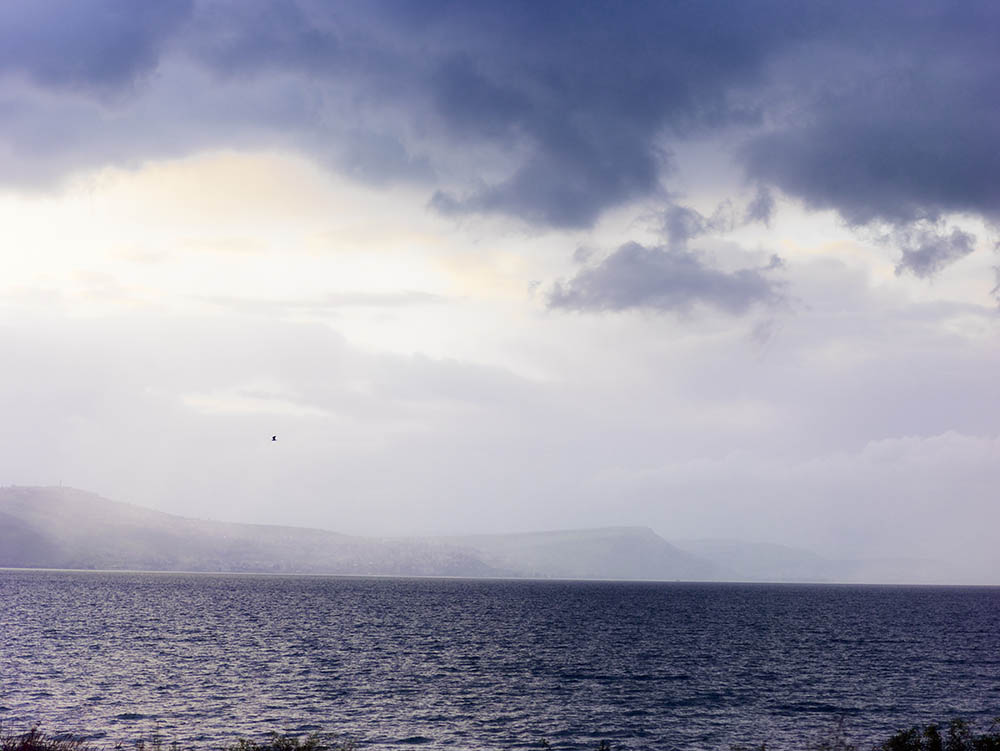Scientist Ellen Graber of the Volcani Center with biochar agriculturist Nadav Ziv. From the film Solutions from the Land
Ellen Graber is a founder of the Israel Biochar Research Network (iBRN). She is a highly charged, dynamic, and thoughtful woman—a prudent scientist who understands that we don’t yet know all there is to know about putting biochar into our soil. She cautions that it is not a “magic bullet” that will solve all our agronomic and climatic problems. But she also recognizes that the potentials of biochar are enormous. In 2013 Ellen was named Scientist of the Year by the Academic Committee of the Volcani Center for her work with what she calls the “biochar vision.” Volcani scientists and the iBRN are looking into biochar’s long-term effects in the earth, its impact on soil-borne and foliar diseases, how it acts in compost, and much more. They are also considering the major economic impact that biochar might have in the long run.
“Ellen Graber and the Volcani Center are at work on a number of critical challenges facing our planet, from water shortage to the energy crisis to climate change to feeding the planet.”
Ellen and the Volcani Center are at work on a number of critical challenges facing our planet, from water shortage to the energy crisis to climate change to feeding the planet. As at so many other Israeli science centers, it is understood that whatever answers are uncovered here will have an effect not only in Israel, but around the world. In its best form, scientific research—unlike politics—is not bound by frontiers. Borders, after all, are not eternal, but knowledge is. Good researchers understand how vital it is to share what they learn: to give and receive. Luckily, Ellen Graber is there, looking out for us.
Stills from the film Solutions from the Land, available with the purchase of The Desert and the Cities Sing: Discovering Today’s Israel.



